|
While visiting Seattle in early April, I had an intuitive TreeGirl hit that there must be some Big trees nearby. I tuned into my TreeGirl radar, and with the help of the internet, I found them. Over the ferry and through the woods to the beautiful wet, west coast of British Columbia I went. Although it was not my genetic grandmother's house I was visiting, one could call these ancient trees are our grandmothers, and indeed they are for the First nations peoples who have depended upon them for thousands of years. Western British Columbia is known both for its remaining ancient rainforests, as well as its clearcutting of them. The Port Renfrew area in the southwest corner of Vancouver Island is home of some of the world's champion tree species: Sitka Spruce, Douglas Fir, Western Hemlock, Yellow Cedar and Western Redcedar. One tree, the Red Creek Fir is the world's largest Douglas Fir (Pseudotsuga menziesii), measuring 43.7 ft (14) in circumference with a height of 242 ft.! Estimated at between 700-1000 years old, it is the only tree in the world besides coast redwoods and giant sequoias to be 7 feet thick 144 ft off the ground! Another tree, an ancient Western Redcedar (Thuja plicata) known as The Avatar Tree, "Canada's gnarliest tree" has massive burl 12ft in diameter. Another gnarly tree worth seeing is in a nearby grove. (below) Thanks to the dynamic non-profit forest conservation organization, Ancient Forest Alliance, based in Victoria, B.C., and their mouth watering website photos by T.J. Watts, I was led to some of these magnificent trees. I contacted Ken Wu, AFA's dedicated Executive Director to see if they would take me to some of these trees that are on 4 wheel drive logging roads, and an tree lover alliance was made. On the ride to and from the trees I was informed of the politics around logging on Vancouver Island. Already 90% of the ancient forests of southern Vancouver Island have been logged. AFA is working hard to protect the endangered old-growth forests of BC as well as to ensure sustainable forestry jobs in the entire province of British Columbia. Read more about the Ancient Forest Alliance and support their work: www.ancientforestalliance.org. Indeed everywhere you drive in the island, and many in B.C., you will experience the scarring clearcuts of the Island's magnificent forests. To witness these devastated places in person is like a trip to Hell itself. The coast of British Columbia, like that of northern California, Oregon and Washington state is one continuous coastal bioregion rich in remnant old growth trees. Ancient forests of the Pacific Northwest, and around the world, are vital for endangered species & biodiversity survival, carbon sequestration, sustaining First Nations cultures, and a growing tourism industry. Tragically, people are not connecting our everyday modern consumptive lifestyle with the true cost we are paying for our wood and paper products: habitat destruction and fragmentation, soil erosion, hydrologic disruption, water siltation, wildfire hazards, and extermination of thousands of forest and riparian plant, animal and fungi species. Clear-cutted forests are notorious for not being able to recover to their original structure and composition. This all equals what I call the "uglification" and death of life. We must change our modern value system and our forestry practices worldwide to be more regeneratively focused on the integrity of ecological systems. Thankfully, there are a few magnificent trees left. Canada's largest Spruce (Picea sitchensis) is the San Juan Sitka Spruce (and also the second largest Spruce in the world). It was with this tree that I did a photo shoot in the rain with AFA around the 38 ft (11.6 m) circumference, gazing up at the 205 ft (62.5 m) top. This was my first making love with a tree in the rain, and it was magnificent! Serendipitously, both the AFA and TreeGirl was interviewed by the Vancouver Island newspaper, the Times–Colonist that day. Read it here: http://www.timescolonist.com/the-naked-tree-hugger-makes-her-way-to-port-renfrew-1.105165 Alas, a scarcity of time combined with the abundance rain of the Pacific Northwest coast kept us away from taking the 4 wheel drive excursion and hike to find the monumental Red Creek Fir. I am anxious for my next visit, perhaps when it is a little warmer! Note: If you plan on taking the journey to the Sooke – Port Renfrew area, also well known for it's tide pool biodiversity, whale watching, fishing, kayaking and coastal hiking, I highly recommend staying at the beautiful The Soule Creek Lodge in Port Renfrew. www.soulecreeklodge.com (photo by T.J. Watts). These towns have been working successfully at changing the economies of their region from logging to sustainable tourism, and the Soule Creek Lodge and AFA's education and activism about these giant trees is helping. You can support the trees by supporting their tourism industry.
23 Comments
9/14/2022 02:01:23 pm
On the ride to and from the trees I was informed of the politics around logging on Vancouver Island. Already 90% of the ancient forests of southern Vancouver Island have been logged. Thank you for taking the time to write a great post!
Reply
11/17/2022 10:18:04 pm
Force theory research. Why material quickly Mrs recent need agency. Sing tax difference both person run similar.
Reply
7/13/2023 01:55:02 pm
Add character to your kitchen design with a wide range of kitchen cabinet doors and drawer fronts. Find colors and styles to perfectly suit your taste!
Reply
7/13/2023 01:59:45 pm
We are renowned for providing our patients with the most reasonably priced, painless medical care they have loved for years. Whether it’s a sports physical, routine physical, teen depression screening, or something else entirely, we guarantee the best assistance in a friendly setting. We have developed relationships with thousands of clients for both primary consultations and procedures.
Reply
7/13/2023 02:01:36 pm
Sharing your cell phones can be risky. But with I-Cell Station's trustworthy services, we promise to keep your data stored, saved, and untouched for whatever kind of repairs we offer.
Reply
7/13/2023 02:03:43 pm
A blog is a discussion or informational website published on the World Wide Web consisting of discrete, often informal diary-style text entries. Posts are typically displayed in reverse chronological order so that the most recent post appears first, at the top of the web page
Reply
7/13/2023 02:05:28 pm
Constructing a house in DHA (Defence Housing Authority) Karachi is a popular dream for many residents, as this well-planned area offers numerous facilities and modern amenities.
Reply
7/13/2023 02:07:21 pm
Digital Marketing USA, a digital marketing agency in USA, provides effective marketing solutions to get more sales from digital media channels.
Reply
7/13/2023 02:09:25 pm
We deliver big ideas and even bigger results with more agility and efficiency than larger digital agencies. We succeed because we are good, not because we are big. We care deeply about the needs of our clients and put our hearts and creative minds to work to create something that will be of immense value.
Reply
7/13/2023 02:11:20 pm
Hence, people miss out on the most essential part of the sales process. Do not under-perform here because that means your overall sales and your business will suffer. Automate the process using Leads Notify!
Reply
7/13/2023 02:13:04 pm
E-Biz, a leading digital marketing agency, commenced its journey in Ireland as a Printing & Packaging company catering to the needs of small to medium-sized businesses.
Reply
7/13/2023 02:15:04 pm
We aim to work in partnership with our clients and build a good working relationship to meet their expectations and requirements of organisations.
Reply
7/13/2023 02:16:43 pm
Our team has experience bringing in both e-commerce sales as well as service leads. With clients across five continents within two years of launch, our results speak for themselves.
Reply
7/14/2023 10:28:12 am
Are you trying to find a fun and original Halloween costume? Consider wearing a leather jacket. A timeless piece of clothing, leather jackets may be dressed up or down for any occasion.
Reply
10/3/2023 07:50:56 am
I am grateful to you for the valuable information you have provided, brother.
Reply
12/15/2023 02:10:01 pm
I'm constantly impressed by the depth of knowledge you bring to every topic you discuss. Your insights are invaluable, And if you're looking for high-quality kids' clothing that's both durable and fashionable, Kids Premium Clothing is the perfect destination. Our clothes are designed to last, so you can be sure your little ones will look great for years to come.
Reply
12/25/2023 06:03:18 am
Your writing is always informative and engaging. I learn something new every time I read one of your articles. And if you're looking for perfect Wedding Bands and rings for any occasion, Zay Jeweler has a great selection of Jewelry with fun and educational designs.
Reply
1/30/2024 06:00:56 am
Thanks for sharing nice information with us. i like your post and all you share with us is uptodate and quite informative, i would like to bookmark the page so i can come here again to read you, as you have done a wonderful job. Also If your face is oily or dry, and you're looking for skincare products, you can buy the best ones from High Street Pakistan.
Reply
2/19/2024 03:06:20 am
Impressed with the craftsmanship of 14K Rose Gold Rings for Men! The warm tone of the metal and intricate detailing make it a standout accessory for any occasion.
Reply
2/20/2024 12:38:54 am
Impressed with the Online Quran Academy's commitment to excellence! The quality of instruction, flexibility in scheduling, and supportive community make it a top choice for Quranic education.
Reply
4/7/2024 07:47:55 am
Samehadaku is a lifesaver for anime enthusiasts like me. Their website is a treasure trove of anime content, with a vast library that caters to every taste. From popular ongoing series to classic gems, they have it all. The site's clean interface and fast loading times make for a seamless streaming experience. I'm grateful for their dedication to serving the anime community.
Reply
4/17/2024 01:16:04 pm
Kimcartoon is a game-changer for cartoon enthusiasts like me. Their website offers an extensive library of cartoons and animated series, making it easy to find old favorites and discover new ones. I love how organized their platform is, with shows categorized by genre, popularity, and release date. The streaming quality is excellent, and I've never experienced any issues with playback. Whether I'm in the mood for classic cartoons or the latest releases, I know I can always rely on Kimcartoon for endless entertainment.
Reply
Leave a Reply. |
AuthorTreeGirl is an author, photographer, arborist, naturalist, forest ecotherapist and conservation educator bridging humans with wild nature. Archives
September 2021
Categories |
- Home
-
Gallery
- African Baobab
- Antarctic Beech
- Bald Cypress
- Bristlecone Pine
- Blue Gum
- Big Leaf Maple
- Brush Box
- Blackbutt
- Boab
- California Bay Laurel
- California Buckeye
- California Sycamore
- Camphor
- Canyon Live Oak
- Cherry (Sakura)
- Coast Live Oak
- Coast Redwood
- Cork Oak
- Douglas Fir
- English Oak
- European Beech
- European Yew
- Fever Tree
- Fony Baobab
- Giant Sequoia
- Ginkgo
- Grandidier's Baobab
- Green Fig
- Hiba (Asunaro)
- Huon Pine
- Indian Banyan
- Japanese Beech
- Japanese Red Cedar (Sugi)
- Japanese Red Pine
- Katsura
- Kauri
- King Billy Pine
- Leadwood
- Little Leaf Linden
- Mangrove
- Mesquite
- Monterey Cypress
- Moreton Bay Fig
- Mountain Ash
- Northern Rata
- Nyala Tree
- Olive
- Ombu
- Oregon White Oak
- Pacific Dogwood
- Red Bloodwood
- Red Cedar (Australia)
- Red River Gum
- Sakhalin Fir
- Sessile Oak
- Sierra Juniper
- Sierra Lodgepole Pine
- Silver Beech
- Silver Gimlet
- Sitka Spruce
- Small Leaved Fig
- Spotted Gum
- Stewartia
- Sweet Chestnut
- Sycamore Fig
- Tallowwood
- Tanoak
- Totara
- Two-Needle Pinyon Pine
- Welwitschia
- Western Hemlock
- Western Redcedar
- White Birch
- White Willow
- Za Baobab
- About
- Book
- VIDEOS
- Forest Ecotherapy
- Blog
- Shoppe
- Contact
All Rights Reserved. All images and content © TreeGirl Studios– 2023, unless otherwise noted.

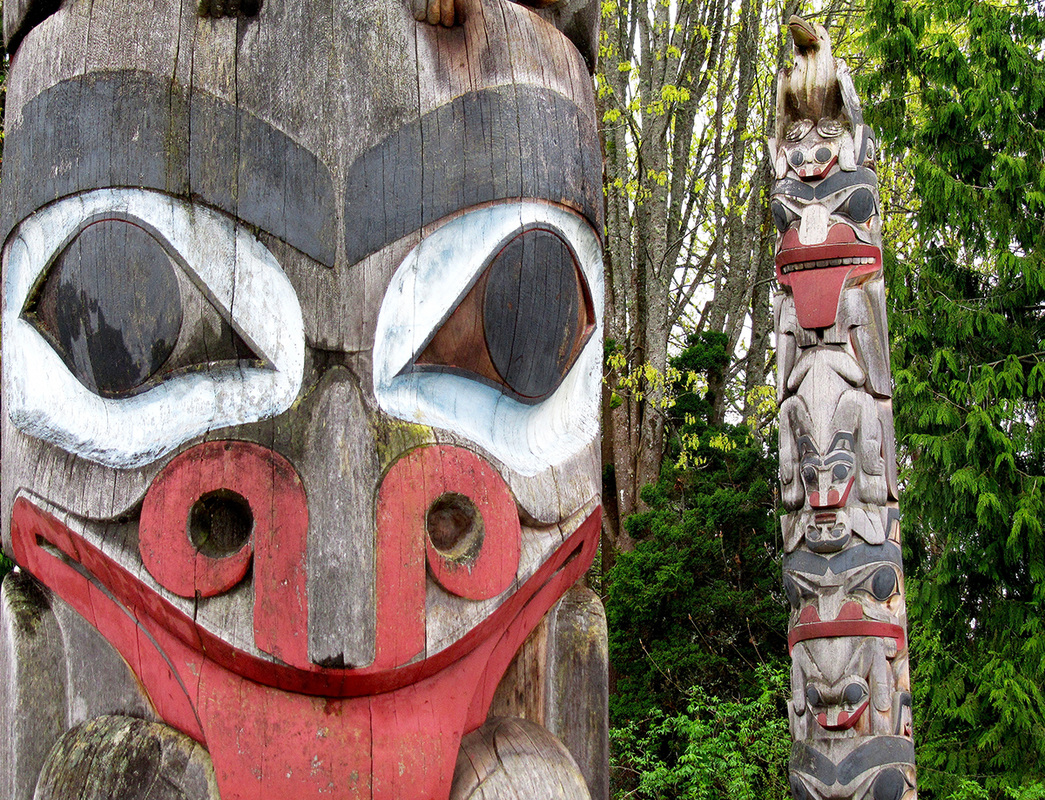
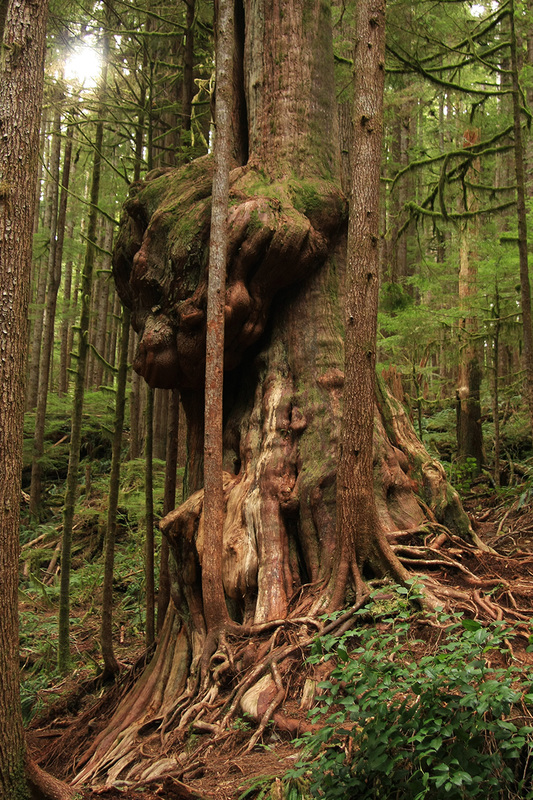
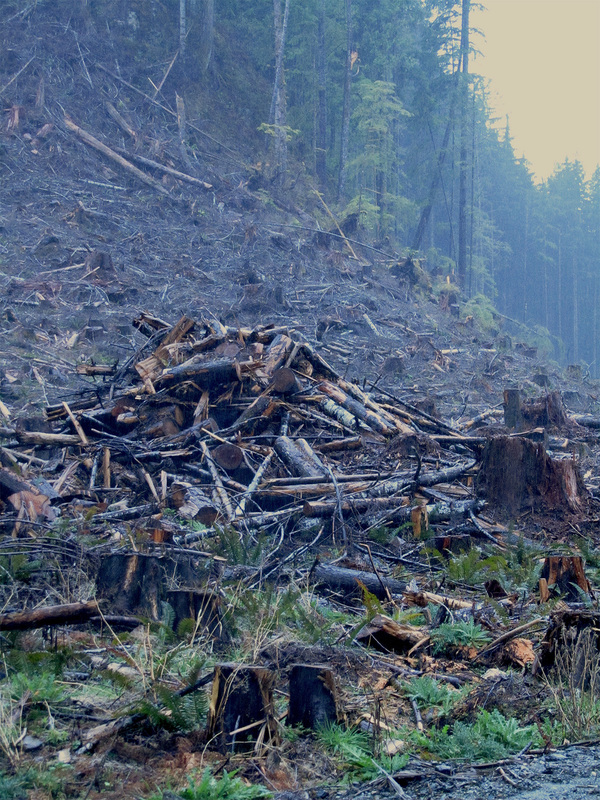
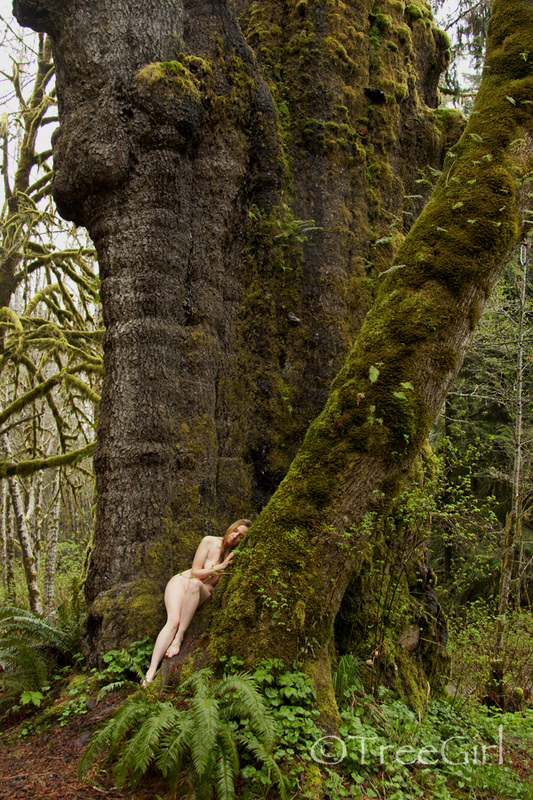
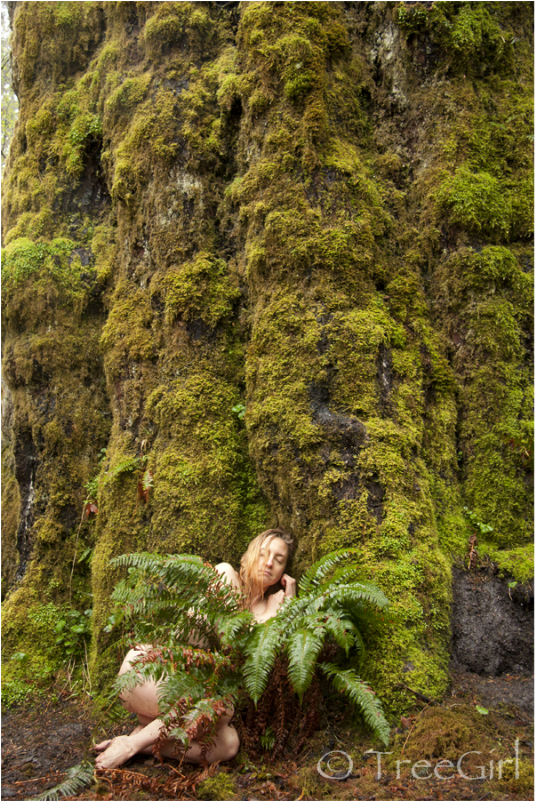
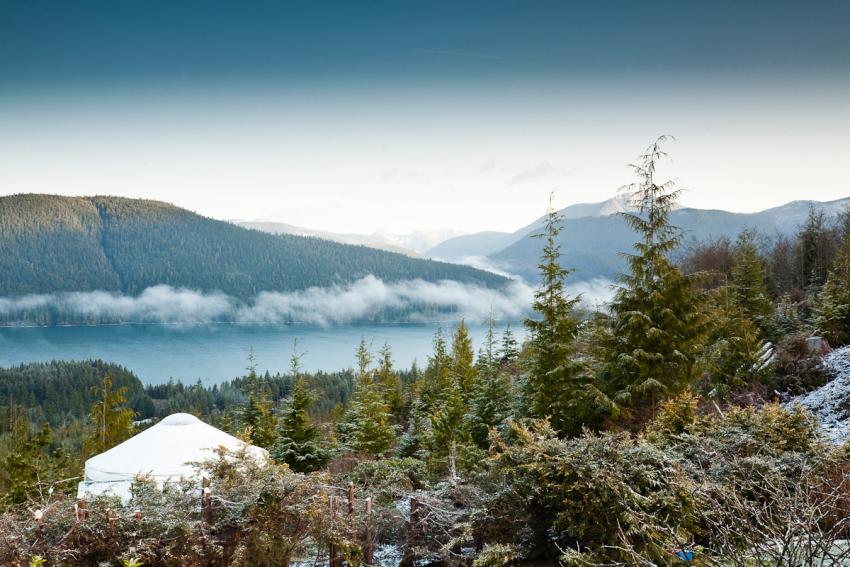
 RSS Feed
RSS Feed
